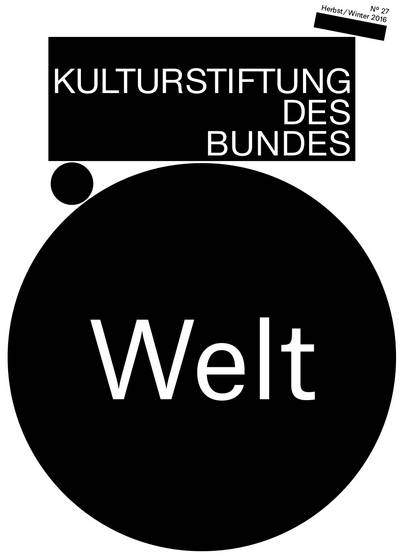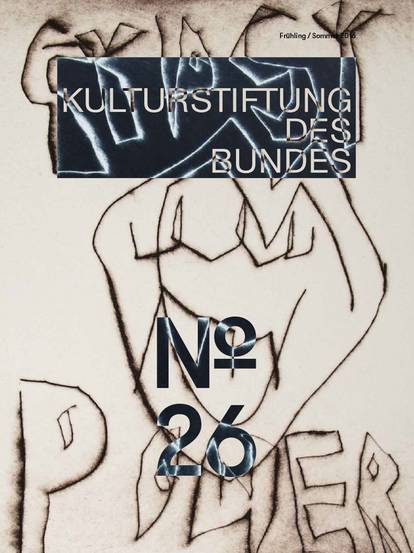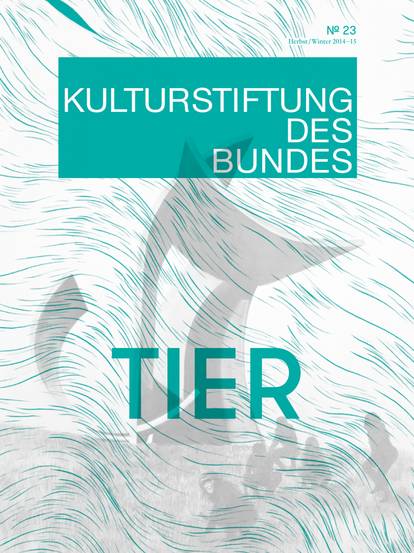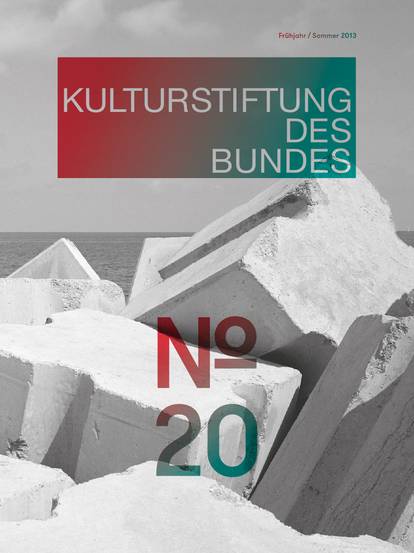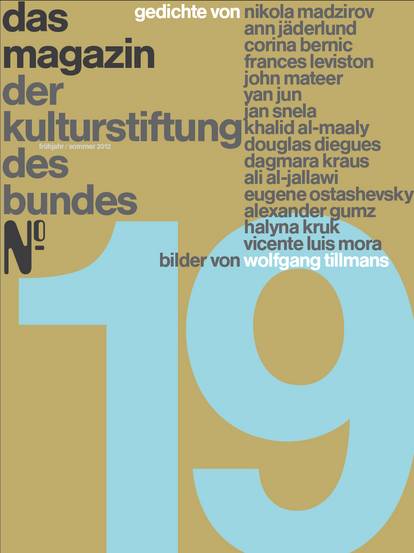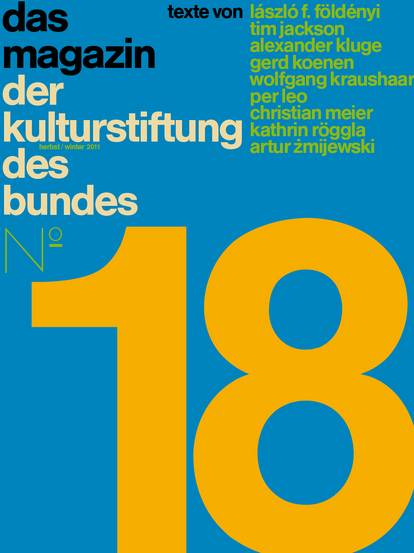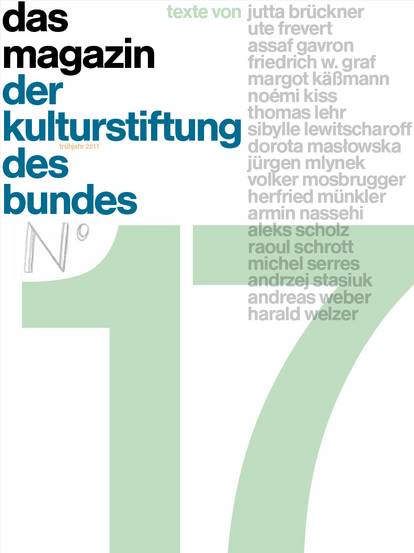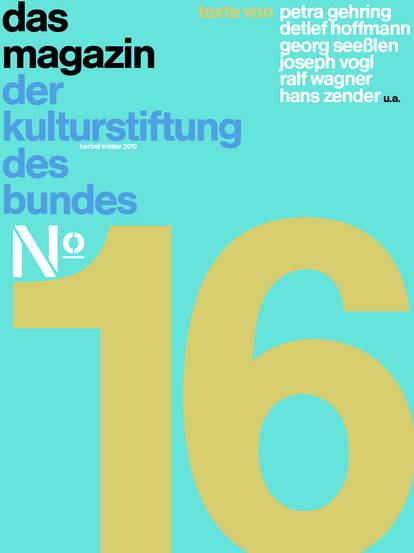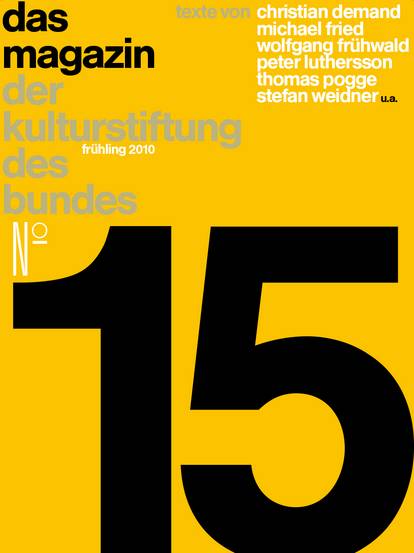Ancient Greek philosophers spoke of the ideal of imperturbability – ataraxia. I’ve always found the concept ambivalent. It’s wonderful to think that a mindset could keep at arm’s length anything that puts a damper on life: superfluous information, annoying people, pain, fears, worries. Yet being “imperturbable” could also mean simply being a big numbskull, and who wants that? Above all, the notion of imperturbability suggests that you can stand being by yourself – as if you knew what to do with your life without all those things that bother you. I find this rather doubtful. In the beginning there was togetherness. And this shall remain so, as tedious and promising as it is. We are constantly on the lookout for the right “we”, and by this I don’t mean the dual relationship. How we imagine “we” depends on the technologies which facilitate these relationships and the media content which project the options inherent in them. The motivation to use them is a void, an absence, which often carries a physical reference. For example, “beaming” as a utopian vision of instantaneous transmission of body and mind. Fortunately, there’s no way to do that yet.
Which is not to say it sometimes seems quite the opposite. It wouldn’t be bad applying ataraxia to ward off the bombardment I’m subjected to every day. And in principle, it would be feasible. But the fear of missing out on something is stronger. As is the worry of possibly, hopefully, being needed but not reachable, and therefore having an extra channel rather than too few to ensure the utopian “we” has a chance. In fact, I’m busy doing this all day long.
But which “we”? In my working life, I tend to follow the rule “Love thy neighbour, but at a distance”. I find the idea of “we” enriching when it’s expressed as a divergent notion of something common and amiably joins the group without claim to exclusivity. The “we” is comprised of many individual parts and opinions without prior hierarchy and without normative transcendence. As I see it, my task as a curator is to present and express this in a museum environment. Exhibitions are ideal places to test the latest possibilities and contradictions of “we” as representative of society and bring them into perspective – spatially, temporally, economically and causally. That’s why I cannot disconnect from the current events of the outside world. You never know ahead of time what constitutes “we”.
Undoubtedly it reacts more intensively – like technology – to scarcity than to surplus. For perceived scarcity reminds us of our dependence on one another. When measures, which are linked to the concept of the technoself, optimise scarcity out of existence, we run the risk of losing the important rationale for “we”. On one hand. But on the other, perhaps the scarcity of scarcity could motivate us to search for other forms of “we”. This is not a novel thought per se. “Waste your life!” was and still is a reaction to the welfare state. “Maim yourself” can be a reaction to an elegantly designed prosthesis. And wanting to think offensive nonsense can be a reaction to artificial intelligence. The idea that technologies could relieve humans of the burden of thinking means nothing because “thinking” possesses no learnable or reproducible meaning. It is merely comprised of that which detaches itself from and resists what is already thinkable. Ironically, under the conditions of the technoself, this is “we” – a reappearance of the political sphere from an unexpected direction.

![[Translate to English:] Magazine 38](/fileadmin/_processed_/f/1/csm_Magazin38_Cover-Vorschau_921x1230_689f428dc3.jpg)
![[Translate to English:] Magazine 37](/fileadmin/_processed_/b/c/csm_Mag37_Cover-Vorschau_921x1230_b5129fdb2a.jpg)
![[Translate to English:] Magazine 36](/fileadmin/_processed_/2/a/csm_Cover_Magazin36__issuu_2f3cef97bb.jpg)

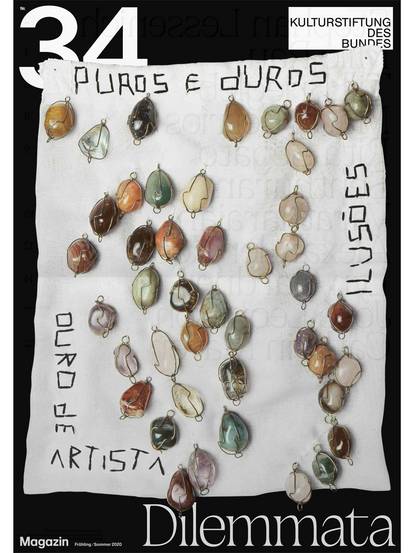
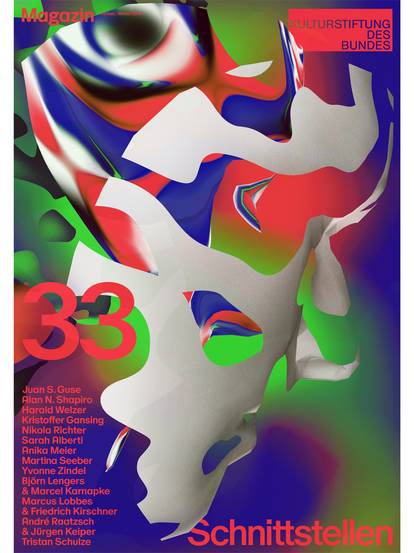
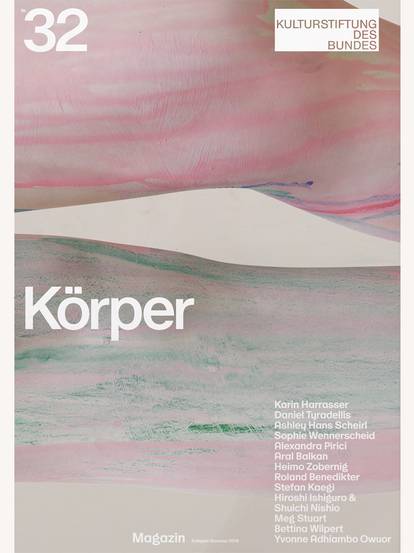
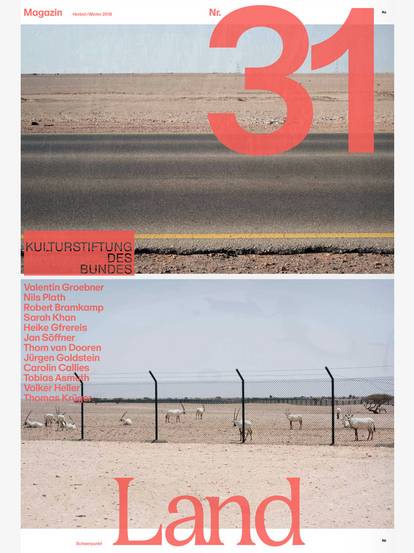
![[Translate to English:] Magazine 30](/fileadmin/_processed_/c/b/csm_magazin30_vorschau_9005f773d3.jpg)


